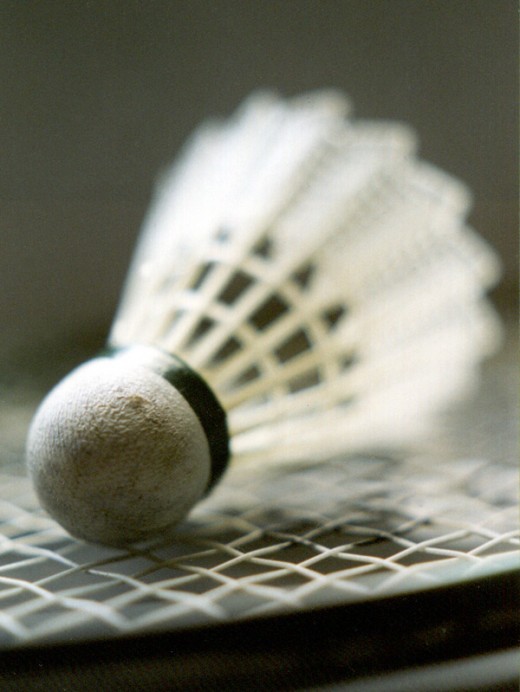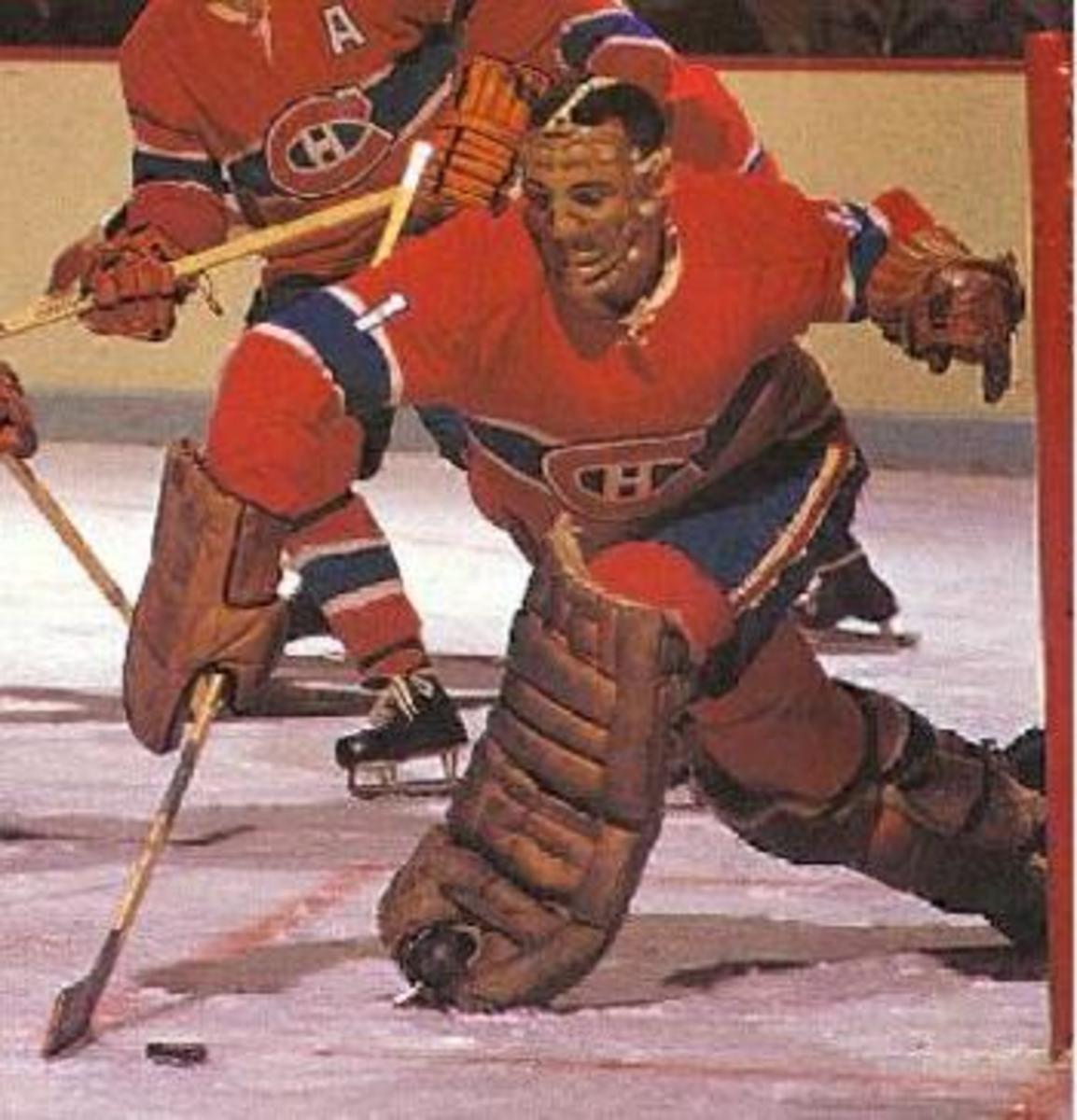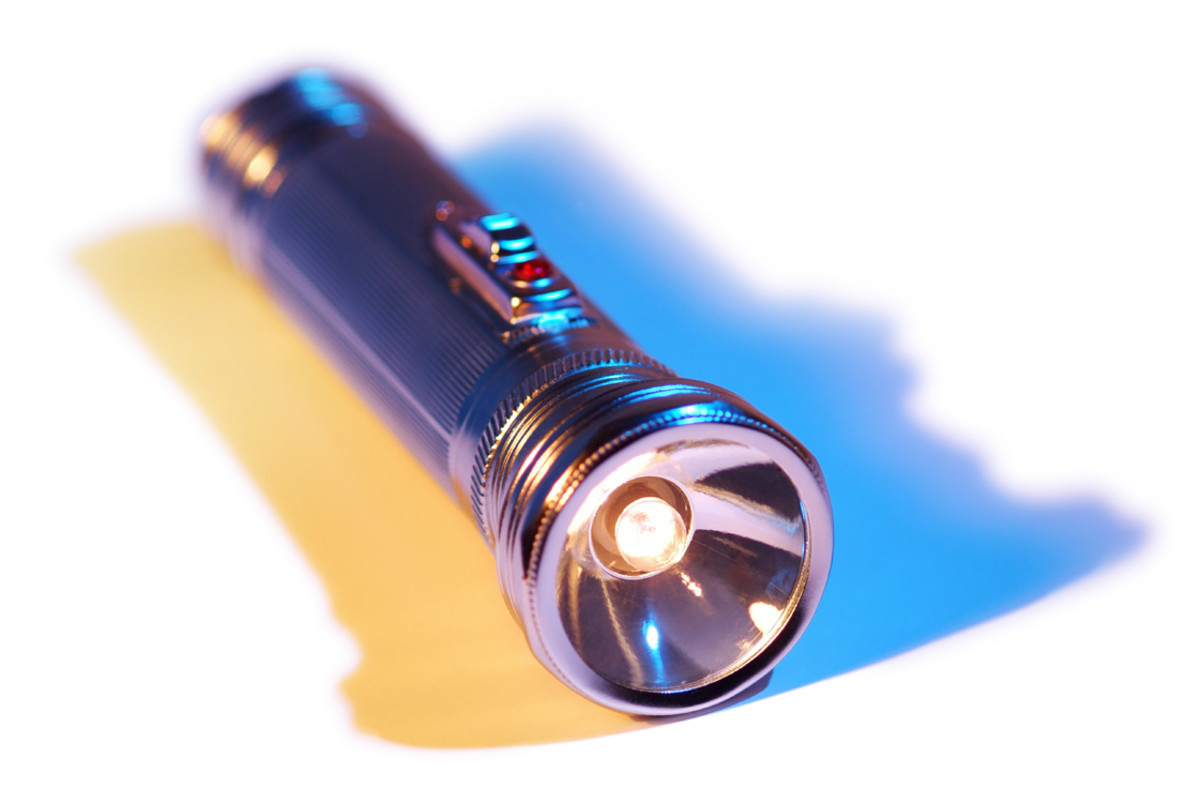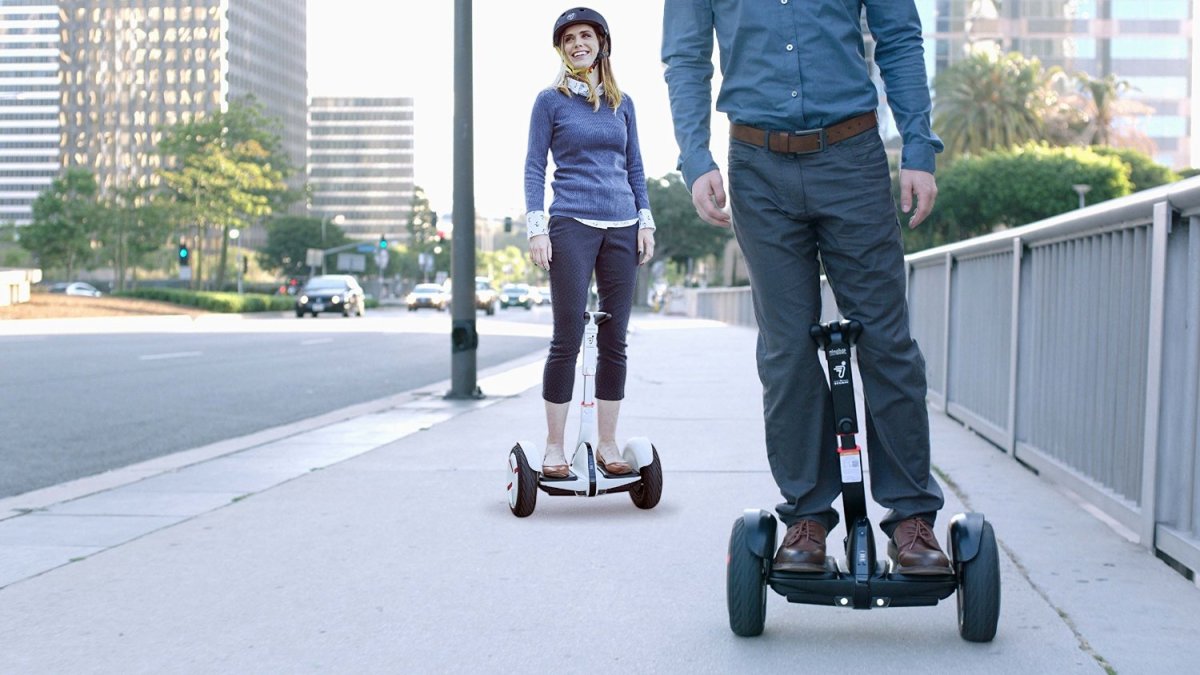How Do You Play Badminton?
What Are The Rules Of Badminton?
One of the delights of playing badminton is the immense variety of shots possible from a particular position.
A player may have a choice of playing a smash, a drop shot to either side of the court, or a 'clear' anywhere to the back of the court-and he can leave his decision to the last possible moment. He has immense opportunities for disguising his shots, and for varying the type of shot used in any particular situation.
The vital technique to be learnt in badminton is the wrist action. Most shots are played with a supple movement of the wrist, which is particularly important for deception-a major facet of the game.
A player may shape up for a smash but do a drop shot instead. He may delay his shot until his opponent is committed in one direction, and with a last-minute flick send it the other way.
The most important tactical consideration, particularly in the doubles game, is attack, and the main attacking stroke is the forehand smash.
The object is to hit the shuttle down from a high position, as steeply as possible over the net. The action for this stroke, as with all the overhead forehand strokes, is very similar to throwing a ball. The shuttle is met slightly in front of the line of the body, and the weight transferred from the back to the front foot.
The overhead drop shot is a deceptive shot, disguised as a smash. It is used especially in singles, where it is an advantage to draw the opponent into the forecourt. For the drop shot, a smash is prepared for, but the impact is checked so that the shuttle drops closer to the net.
The forehand clear is a defensive stroke. It too, begins like a smash, but contact is made directly above the body or just behind it. The shuttle travels high and deep, forcing the opponent onto the back line. By checking the racket swing, a slow drop shot can be made instead.
The overhead backhand strokes have the same characteristics as those of the forehand. For power, timing becomes even more important, and the shot should be taken as high and as early as possible, with the back turned to the net. Few players have mastered the backhand smash, but the backhand clear is an essential stroke to a singles player. The backhand drop is a slow deceptive shot. the player shaping up for a clear.
A stroke peculiar to badminton is the round-the-head. As its name implies, the shuttle is contacted on the backhand side of the body, but from a forehand stance, by bringing the racket across the top of the head. It is an effective alternative to a backhand shot, particularly to the smash.
Underarm strokes are used where the shuttle is hit from a low position. Mostly defensive, they can either be cleared, high and deep, to the back of the opposing court, or, if tactically possible, struck gently forwards just high enough to cross the net and fall into the forecourt.
Midway between the overhead and the underarm strokes comes the drive. Played with a flat trajectory, it is the basic stroke used by the man in mixed doubles. Chiefly from a mid-court position, the shot is played at approximately shoulder height with a sideways throwing action.
Whether on the forehand or the backhand, the wrist leads into the shot and it is the snap of the wrist that speeds the shuttle just over the top of the net. Taken early, it is often effective against a weak smash.
There are various types of service-the low, high, flick, and drive services. The basic service is the low, which just passes the top of the net. To obtain this accuracy, the shuttle is 'pushed' rather than hit.
Unlike most other strokes in badminton, it helps to keep a firm wrist for this service. The service, necessarily slower and more arched than other shots, can be the most vulnerable shot in the game.

Rules and Equipment
The badminton court (44 feet by 20 feet for doubles; 44 feet by 17 feet for singles) should have about 3 foot clearance at the side and 6 foot at the ends, and air space of at least 25 to 30 feet above it. The singles game excludes the 'tram-line' area, but the two service courts are larger in singles than in doubles, extending from the short service line to the back boundary line. The top of the 2 feet 6 inch net is 5 feet from the floor at the center (5 feet 1 inch at the posts).
The shuttlecock, 'bird', or 'shuttle' is made from goose feathers inserted into a kid-covered cork base. The slightest imperfection will affect its behavior. Shuttles are graded by weight, for use in varying atmospheric conditions, and experts in important matches can be seen to discard shuttle after defective shuttle. But that is a luxury the average player cannot afford. A plastic shuttle responds less well to some of the delicate shots, but is much cheaper and has proved the salvation of many a small club.
Rackets are light, usually from 4 oz to 5 oz. The wooden racket has largely been replaced by the steel-shafted or all-steel racket, some of the latest ones weighing less than 4 oz.
A match is decided by the best of three games. Each game runs to 15 points (sometimes 21) or, in ladies' singles, 11 points. Scoring points depends on winning the right to serve. If the server wins a rally he scores a point. If he loses a rally his opponent gains service but does not score a point.
A feature of badminton scoring is known as 'setting'. If the score is 13-all, the player or side that reached 13 points first can opt either to play the normal 15 points, or to 'set to 5', playing up to 18. Again, at 14-all (whether or not 13-all was reached) the first side to arrive at 14 may accept or ignore the option to 'set to 3' and play up to 17 points. In ladies' singles, at 9-all the option is to set to 3, and at 10-all to 2. The winner of a game has first service in the next.
At the start of a match the players toss for service or choice of ends.
Serving is diagonal and begins in the right-hand court, but alternates from right to left at each new rally until service is lost. Then the opponent begins by serving from the right-hand court. In doubles games, each pair ha.s two chances to serve. When the serving side has lost a rally, service passes from one partner to the other. Only when the second partner in turn has lost a rally is service given to the other side, and they serve from the right-hand court again. At the start of a doubles game, however. the side serving first have only one service.
The service itself must be made with the feet stationary inside the serving court. and with a part of both feet touching the ground. No preliminary feints or baulks are allowed. The shuttlecock must be struck below the level of the waist, with an underarm stroke, i.e. with the head of the racket below the hand at the point of impact. The player receiving service must also remain within the confines of his service court, with his feet stationary on the ground.
Play continues until the shuttle goes out of play by failing to clear the net, by hitting the ground, by touching the body of a player, or by hitting anything outside the court. A shuttle falling on a boundary line is deemed 'in'. It is a fault to hit the shuttle twice in succession or successively by partners, to obstruct an opponent, to touch the net with one's racket or person, or to hit the shuttle before it has crossed the net. The shuttle may not be 'slung' (held on the racket). It is no longer a fault if the shuttle is struck by the frame of the racket. Called 'wood' shots, these were made illegal in 1949, but the International Badminton Federation reversed the law in 1963.
This content is accurate and true to the best of the author’s knowledge and is not meant to substitute for formal and individualized advice from a qualified professional.
© 2012 Bits-n-Pieces







